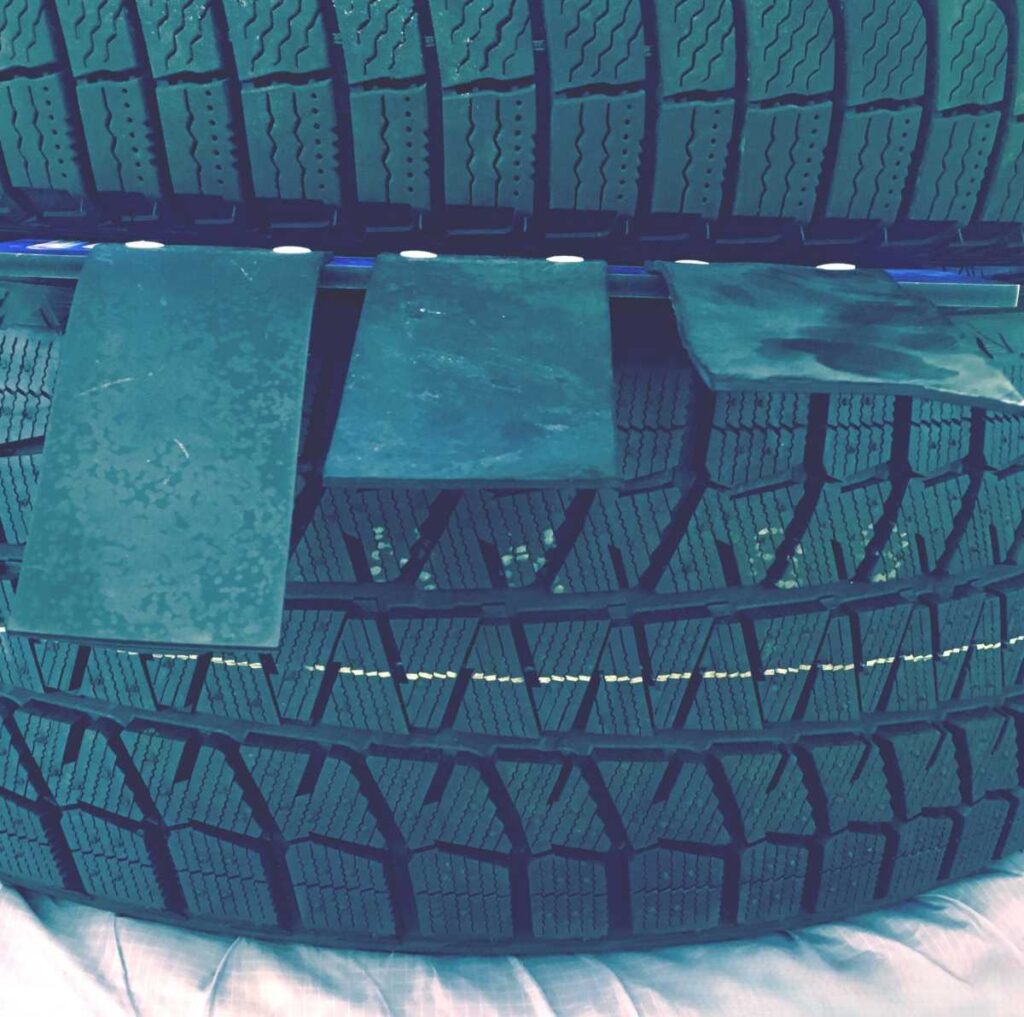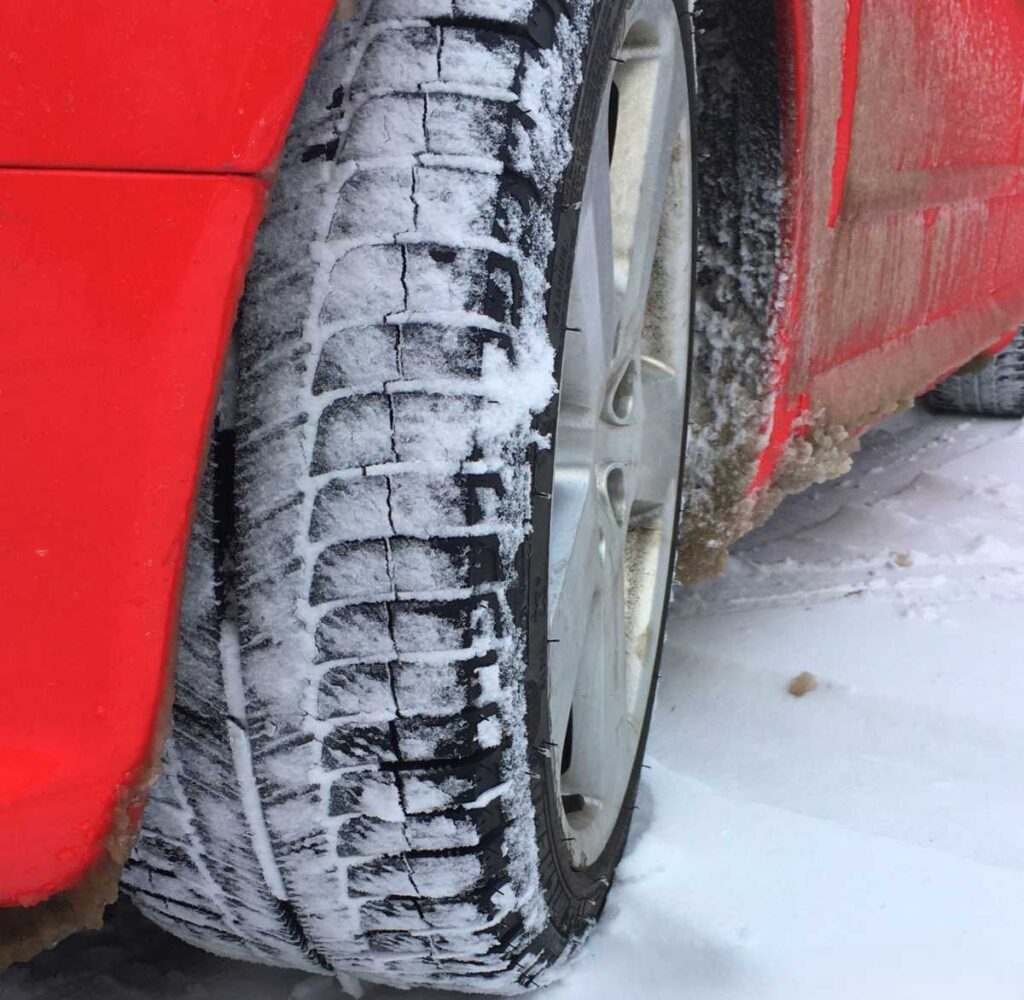It’s easy to be distracted by the eye-catching tread designs of snow tires, many of which are elaborate and dramatic. Since the tread is the most prominent feature of the tire, it would be natural to conclude that the tread design is what most facilitates grip in wintry conditions.
And to a certain extent, drawing your attention to the tread is the aim of tire manufacturers. While tire tread design is definitely a case of form following function, it is also true that manufacturers want to convey grip and traction via design. They want consumers to look at a given tread pattern and perceive the traction potential in their intended driving context — snow, mud, sand, gravel, HPDE/track day, or otherwise.
The effectiveness of snow tires, however, hinges largely on micro and unseen elements. We already discussed the significance of snow tire sipes (see Snow Tire Sipes Explained), but the real linchpin elements that permit grip in freezing temperatures and winter conditions are snow tire compounds. Without a proper blend of materials that form the tire, wintertime grip is next to impossible no matter how “advanced” the tread design, and no matter if the tire is teeming with sipes.

The very basic reason for this is that every tire is designed to operate within a certain temperature range. Whereas modern vehicle components are engineered to function everywhere from the Arctic Circle to the Sahara, most tires are not. Drivers tend to wrongly think about tires as a static vehicle component; no different than the alternator or gears. However, tires are far more dynamic and condition sensitive.
Summer tires, for example, are engineered to provide peak performance in warm and hot ambient temperatures only, and quite literally harden if subjected to freezing temperatures. Track tires are designed to provide peak performance in a high stress and friction environment. Track tires must be brought “up to temperature” to provide powerful traction, and before they reach that intended temperature window can be very loose and unpredictable.
Like the race track, winter is also a very unique and challenging driving context that requires specialized tire compounds to interact appropriately with the environment.
Firstly, snow tire compounds work to maintain tire pliability in sub-freezing conditions. The sustained pliability allows for snow tires to flex and bend according to the road conditions and driver inputs. In freezing temperatures, summer tires turn into the equivalent of hockey pucks, which facilitates virtually no road surface interaction, and therefore no grip. All season tires do a better job of remaining pliable in freezing temperatures, but due to the fact that they are intended for use in warm temperatures as well, the tire compound remains a compromise during winter driving.
Advanced snow tire compounds have another very cool characteristic, and one that wouldn’t be immediately obvious — they attract snow.

If you’ve ever formed a snowball you know that snow sticks to, well… snow. And so when snow tire tread becomes packed with snow, the result is increased grip between the snow-packed tread, and the snow on the road surface. At left is a picture of the Michelin X-Ice after driving on a snowy road. Note how the tire tends to hold onto, or “wear” the snow.
To emphasize the importance of tire compound for wintertime traction, we recently took part in an exercise involving three hockey pucks – one a snow tire compound, one an all season tire compound, and one a summer tire compound. The three pucks were pushed simultaneously across the ice.
- All three of the pucks were completely smooth surfaced – no tread, no sipes.
- Invariably the “snow tire” puck stopped in about half the distance of the “summer tire” puck. The “all season” puck typically stopped about midway between the two others.
The exercise drove home the critical importance of snow tire compounds. Taking all other tire design and construction elements out of the equation, the tire compound alone results in a dramatic performance difference.
Specialized compounds are the primary reason snow tires provide such a massive performance & safety advantage in winter driving conditions.


